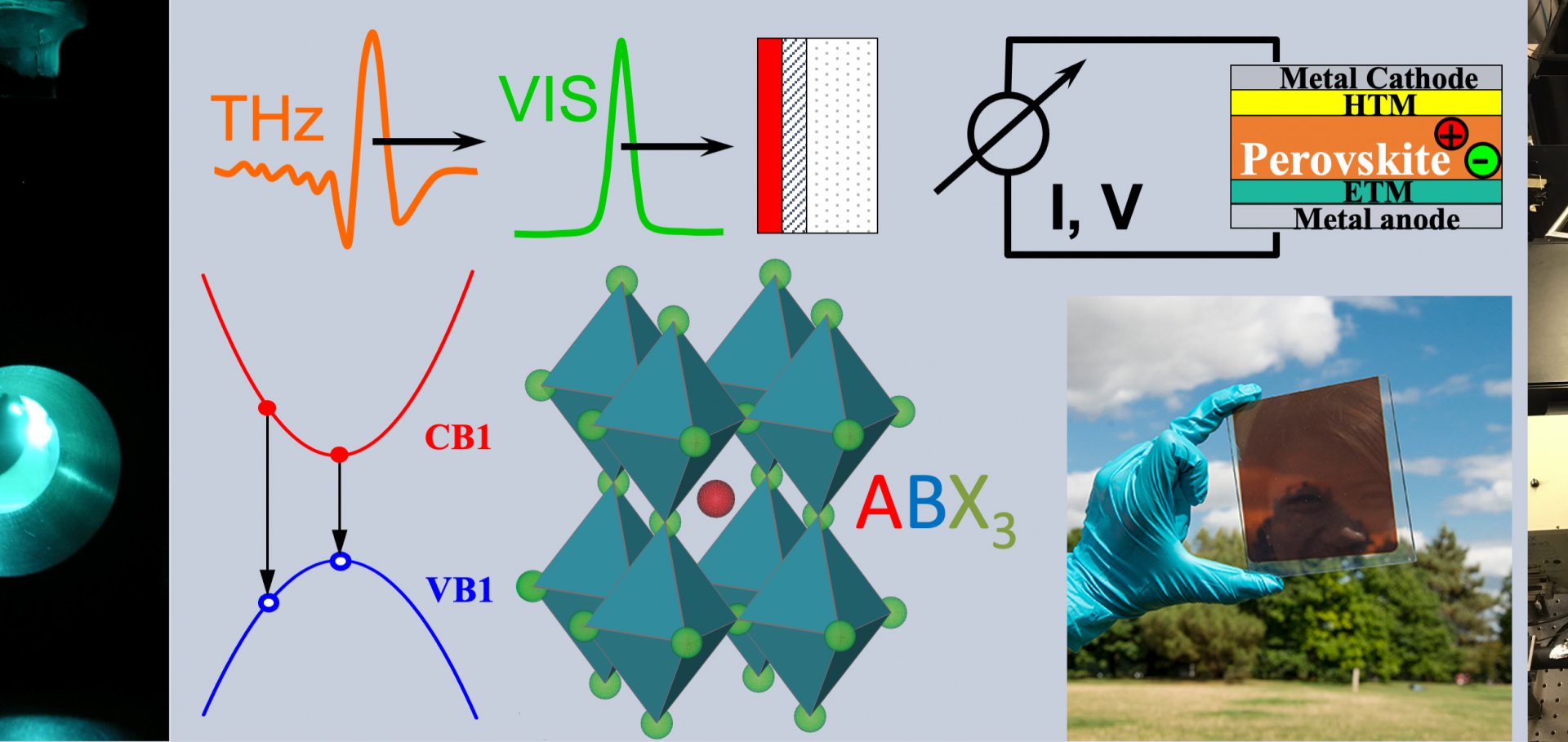Dichroic Perylene Bisimide Triad Displaying Energy Transfer in Switchable Luminescent Solar Concentrators
Chemistry of Materials American Chemical Society (ACS) 26:13 (2014) 3876-3878
Combining Positive and Negative Dichroic Fluorophores for Advanced Light Management in Luminescent Solar Concentrators
Advanced Optical Materials Wiley 2:7 (2014) 687-693
Ultrafast energy transfer in biomimetic multistrand nanorings.
Journal of the American Chemical Society ACS Publications 136:23 (2014) 8217-8220
Abstract:
We report the synthesis of LH2-like supramolecular double- and triple-stranded complexes based upon porphyrin nanorings. Energy transfer from the antenna dimers to the π-conjugated nanoring occurs on a subpicosecond time scale, rivaling transfer rates in natural light-harvesting systems. The presence of a second nanoring acceptor doubles the transfer rate, providing strong evidence for multidirectional energy funneling. The behavior of these systems is particularly intriguing because the local nature of the interaction may allow energy transfer into states that are, for cyclic nanorings, symmetry-forbidden in the far field. These complexes are versatile synthetic models for natural light-harvesting systems.Charge-carrier dynamics in vapour-deposited films of the organolead halide perovskite CH3NH3PbI3-xClx
Energy and Environmental Science Royal Society of Chemistry 7:7 (2014) 2269-2275
Abstract:
We determine high charge-carrier mobilities ≥ 33 cm2 V−1 s−1 and bi-molecular recombination rates about five orders of magnitude below the prediction of Langevin's model for vapour-deposited CH3NH3PbI3−xClx using ultrafast THz spectroscopy. At charge-carrier densities below ∼1017 cm−3 intrinsic diffusion lengths are shown to approach 3 microns, limited by slow mono-molecular decay processes.Lead-free organic–inorganic tin halide perovskites for photovoltaic applications
Energy and Environmental Science Royal Society of Chemistry 7:9 (2014) 3061-3068


